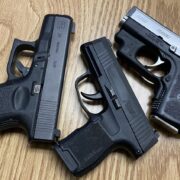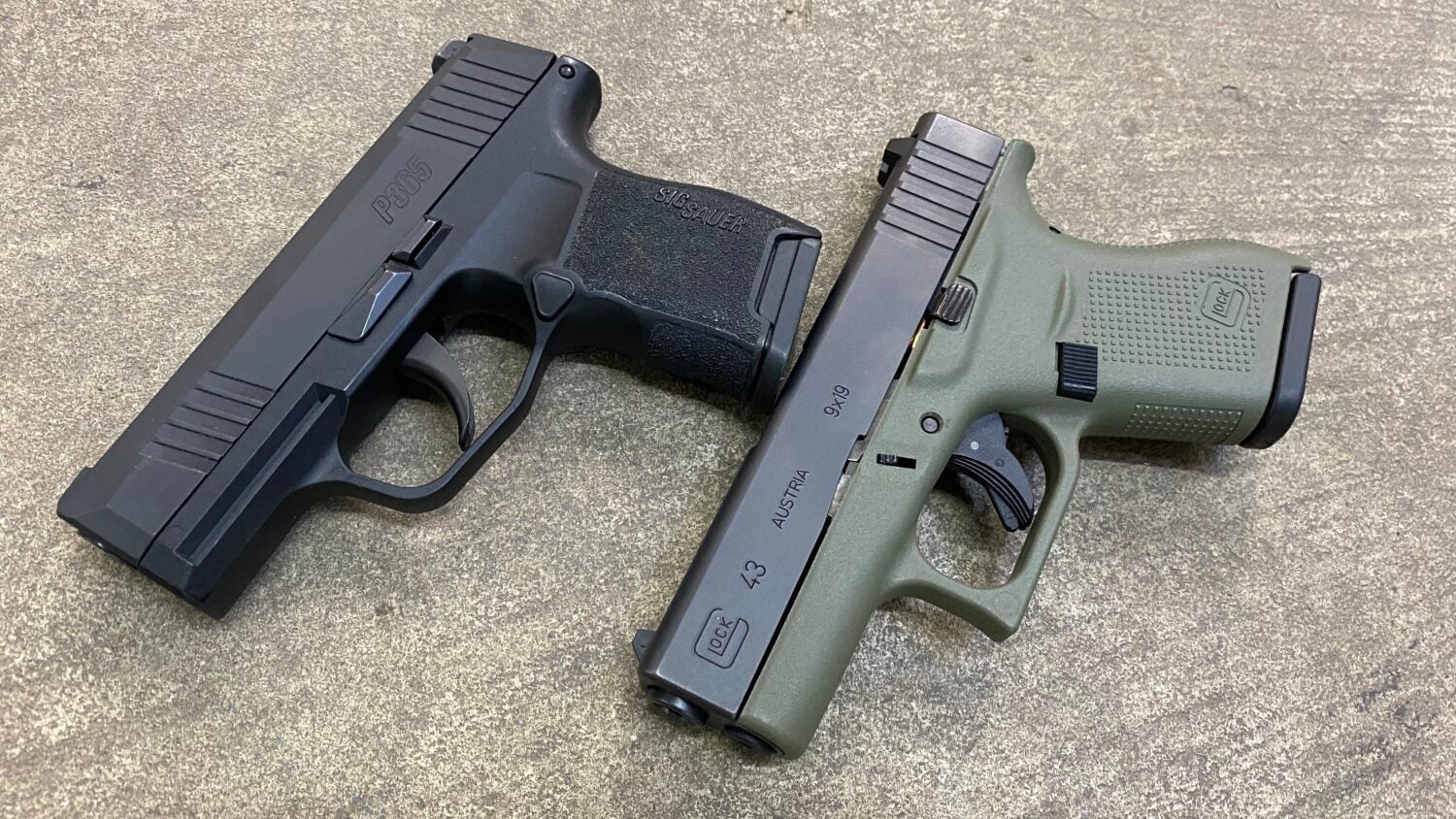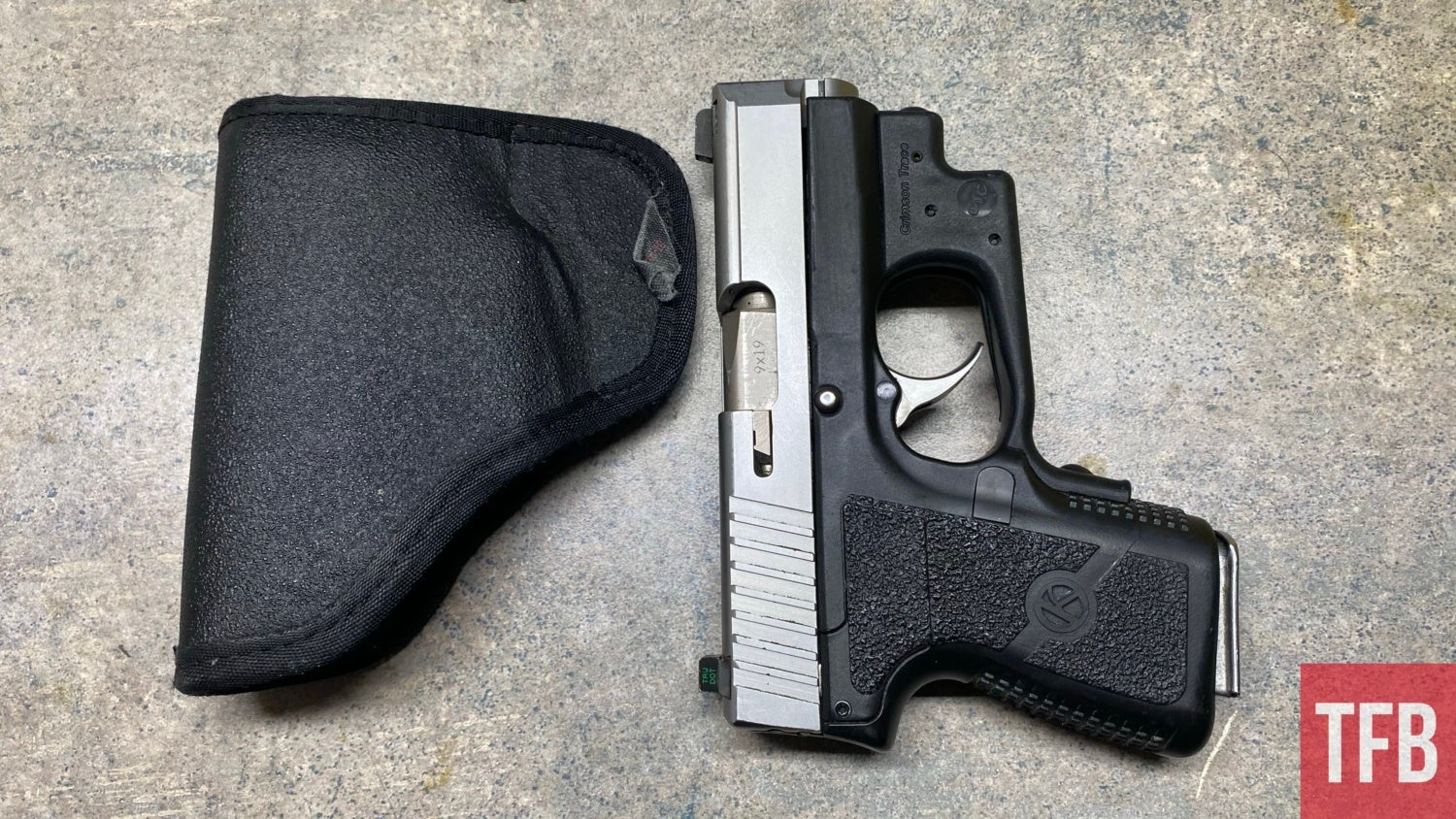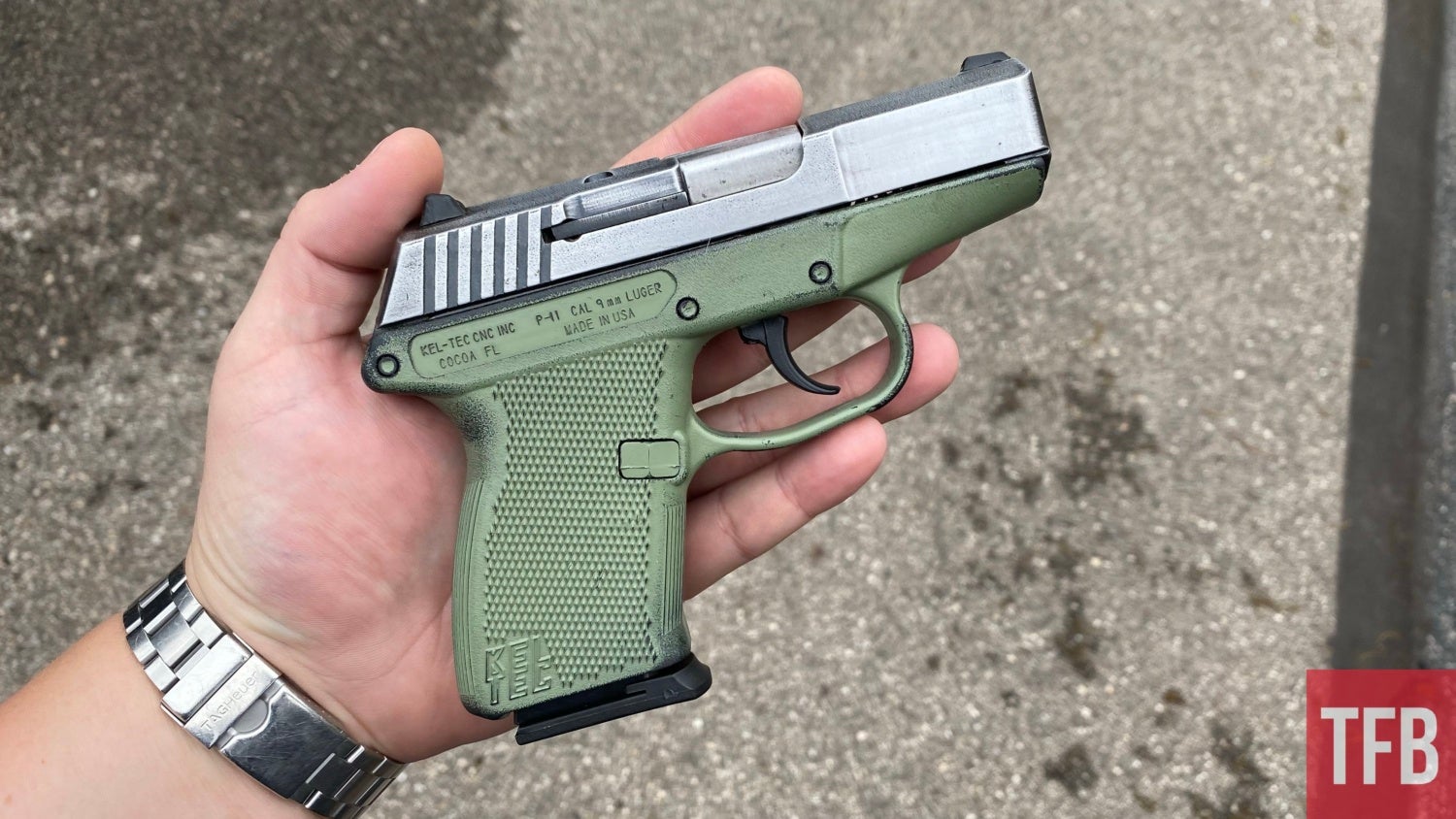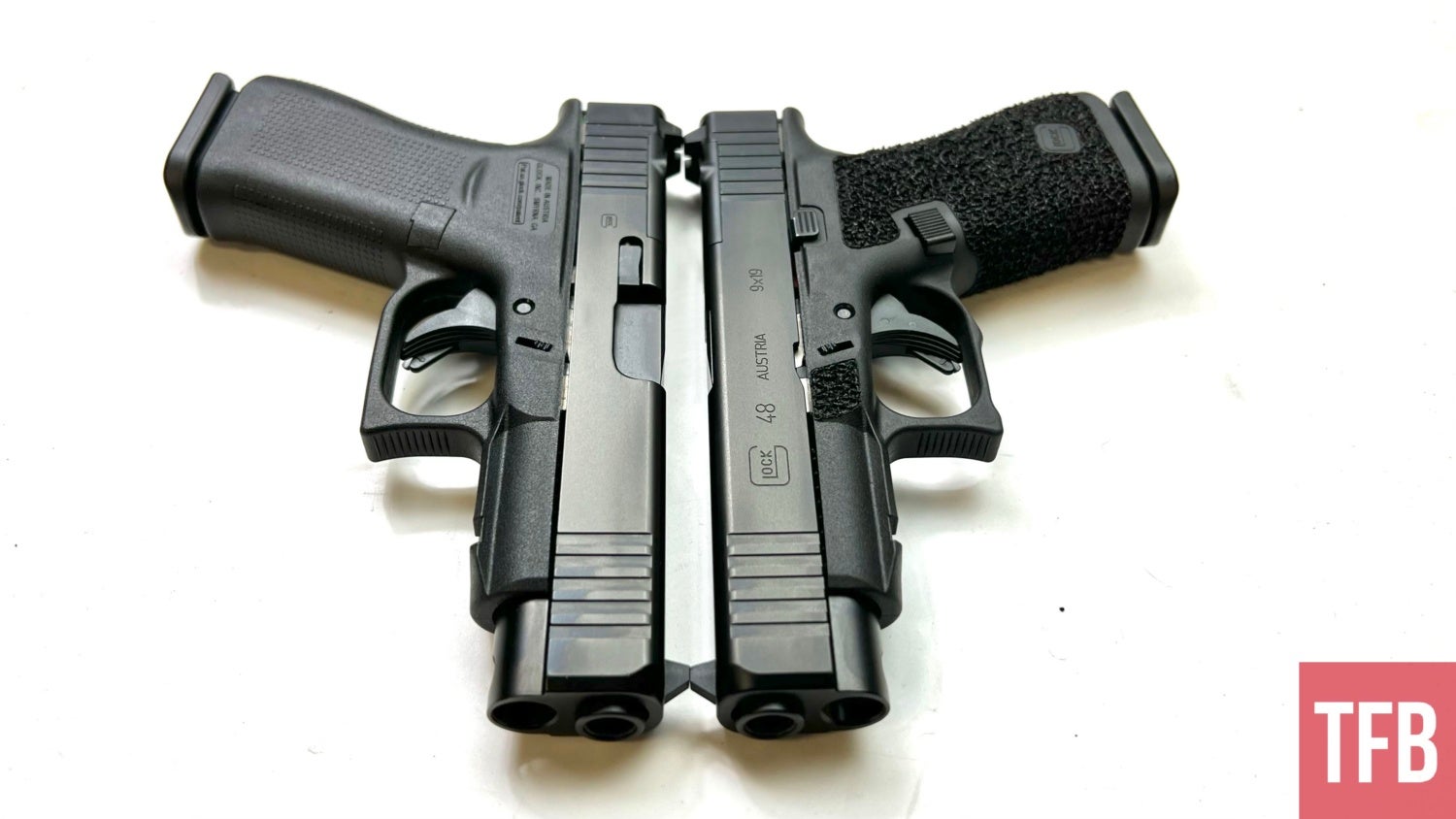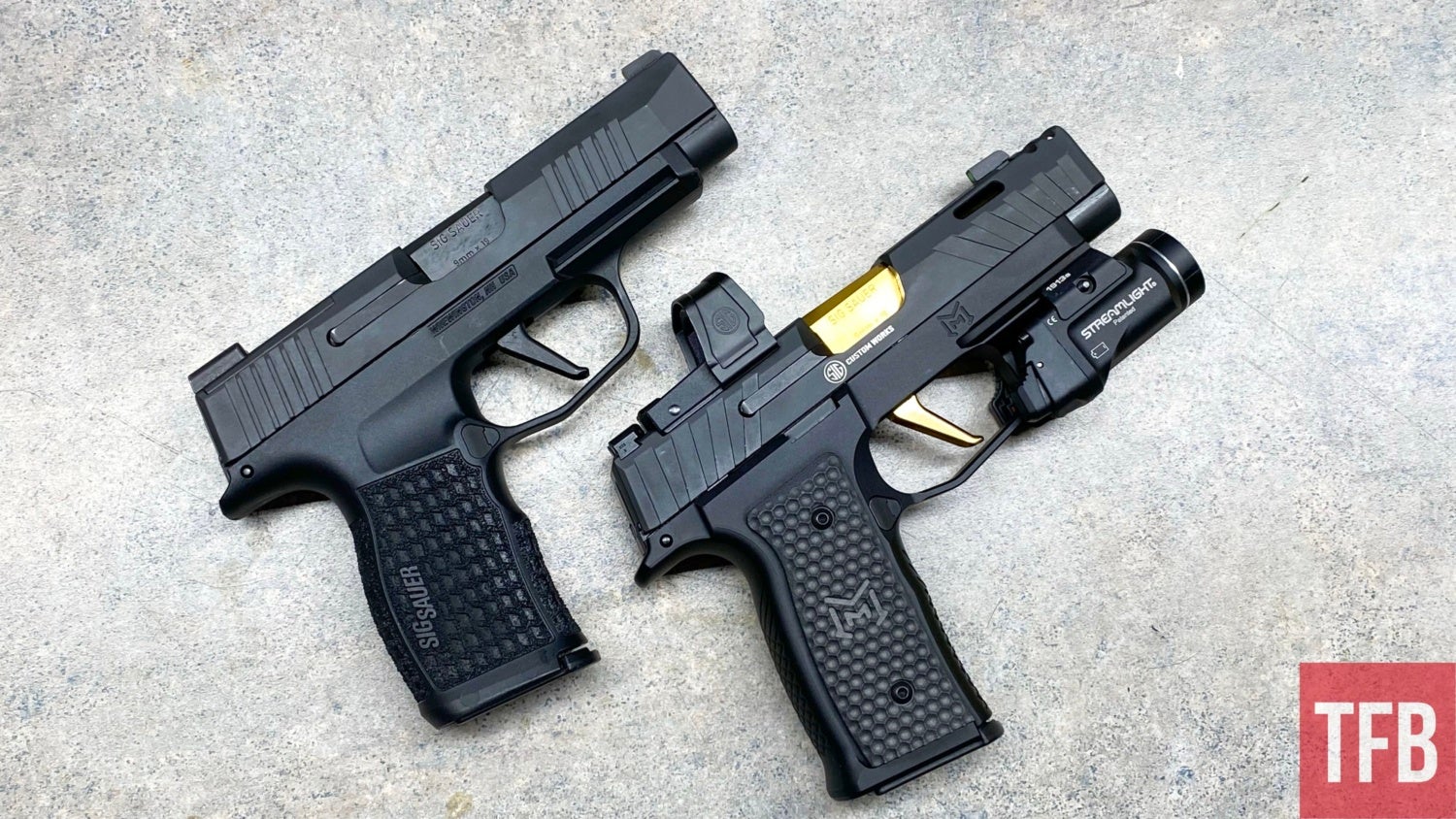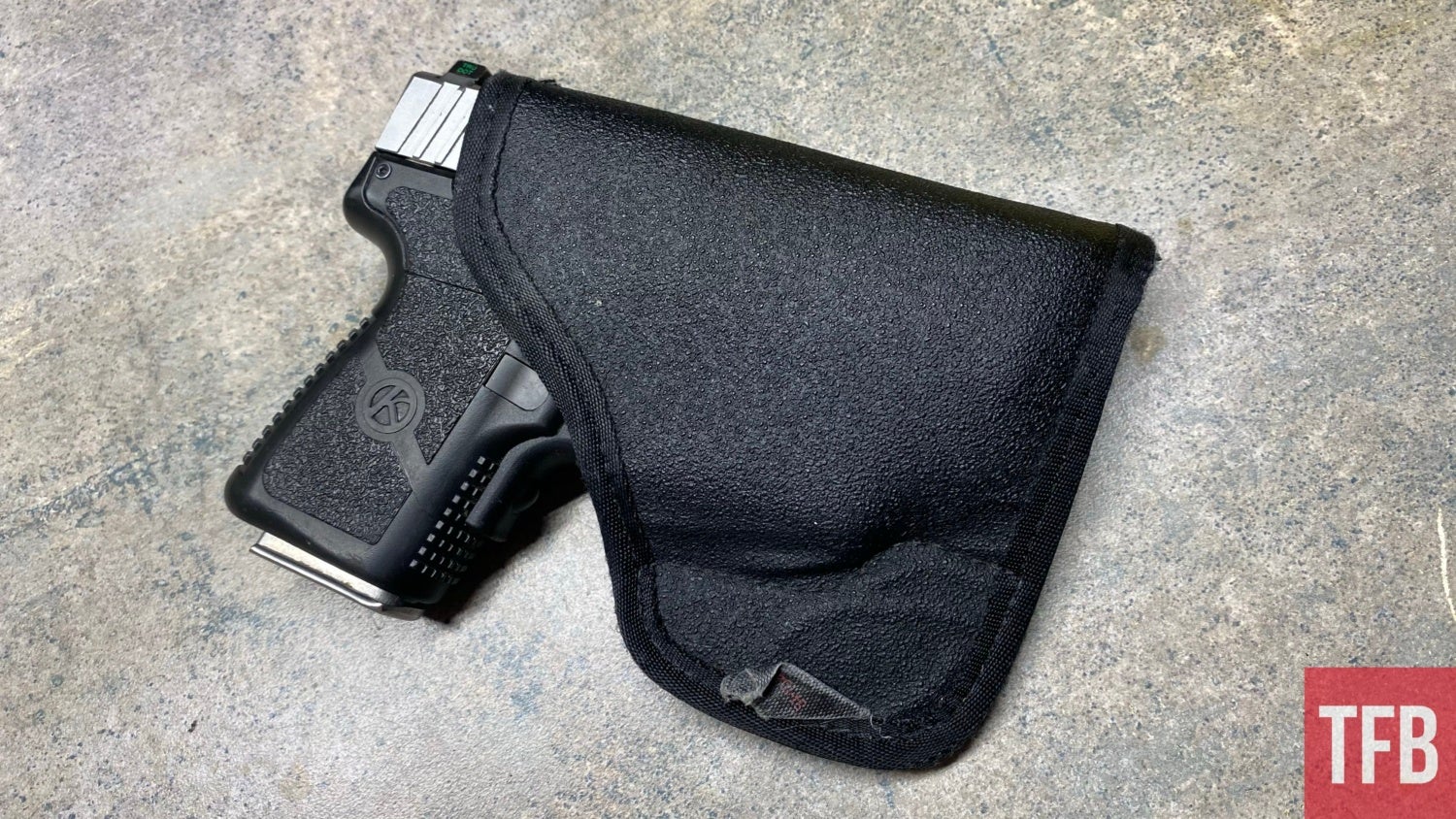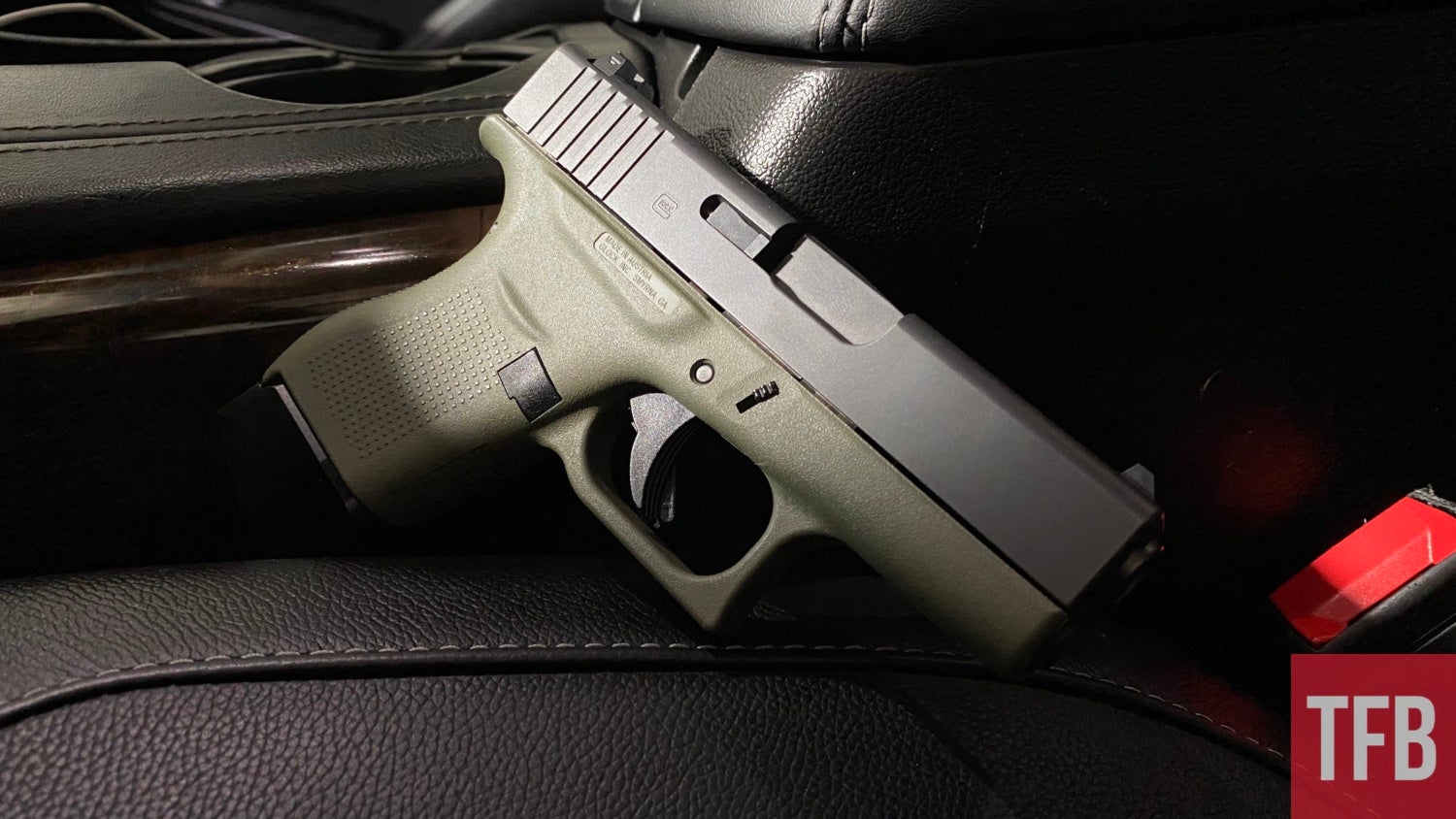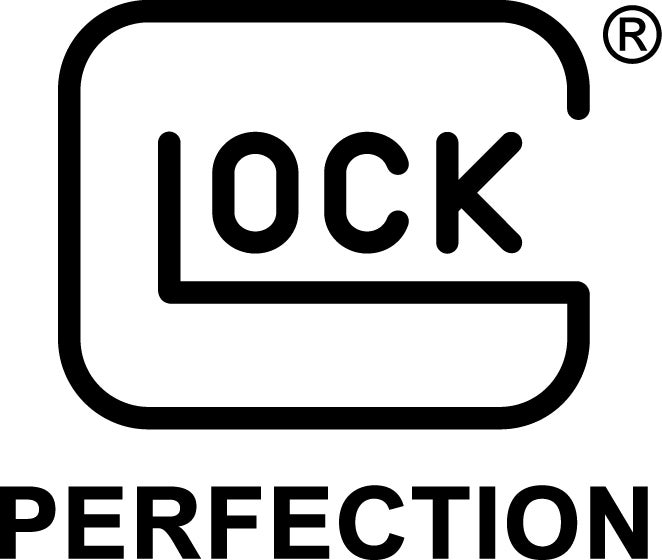Welcome to another edition of Concealed Carry Corner. Last week, we talked about buying or building out your carry gun for self-defense. If you happened to miss that article, be sure to click the link here to check it out and get caught up. This week, I want to talk about a common issue I see in the community when it comes to smaller carry guns. Going with a smaller concealed carry gun is oftentimes a mistake people new to the community make, but I’ve seen just as many knowledgeable people make this same mistake. The silver lining is the fact many companies have fixed this issue by adding capacity and adding weight to the frame making the handgun have a better balance in your hand. Let’s take a look at some of the major problems with lightweight pistols.
Concealed Carry Corner @ TFB:
Weight Isn’t Always The Enemy
The vast majority of people who carry concealed want to have the lightest handgun with the least amount of bulk possible. Much like cell phones, carry pistols have become incredibly small before starting to get bigger again. Various guns like the Kahr PM9, Ruger LC9S and Kel Tac line of pistols went as light as possible for easier daily carry. These are great for carrying comfortably all day but when it comes time to shoot them, it’s an entirely different story.
These guns all are so light, they are almost uncontrollable under quick firing. With the combination of a lightweight polymer frame and low round count, there’s no weight in the lower half of the pistol to create any balance. As a result, these ultra-compact handguns are extremely snappy with all their weight being on the top half of the pistol. Having that much force up top makes quick follow-up shots incredibly difficult without some extensive training and practice. Most people will say that metal frames and weight are enemies when it comes to concealed carry pistols, but some weight isn’t always a bad thing. Modern pistols have done a nice job with balancing weight and overall feel.
The Difference with Modern Pistols
One common trend among the pistols that are comfortable to shoot as well as carry is the fact they have a balanced feel in the hand. Having some weight in the frame to lower the center of gravity allows the pistol to shoot flatter. Handguns like the Glock 43X and 48 along with the SIG P365XL and Macro all do a nice job of having a longer grip with more rounds in the magazine which ultimately lowers the center balancing line of the pistol.
Instead of being snappy now, the more modern carry pistols recoil straight back into your grip making a straight back-and-forth motion rather than having the muzzle flip due to a lack of frame weight. This idea of balancing the overall weight of the pistol has become fairly standard across the industry in the last 3-4 years. The Glock, SIG and other manufacturers are starting to switch over from the smallest gun possible to slightly larger, heavier firearms for ease of shooting.
The last few small guns I have taken out to review like the Glock 48 and SIG P365XL Spectre Comp have felt very different from other carry guns in the past. These pistols are incredibly easy to shoot and there’s no problem taking them out to the range for a full day of shooting. There’ve been multiple times I have taken the newer Glock 48 and 43X out to the range and put a few hundred rounds through each with no problem or feeling like I was beaten up. They are getting to the point now where their overall size is smaller but they still shoot like a full-size range gun.
What To Do
Every time I talk to various people about their lightweight pistol options, I almost always get the follow-up question asking what they should do now. There are a couple different options available to people wanting to improve their carry gun. The first option is to look at either a new slightly larger carry gun like the ones I talked about earlier. They may be slightly higher than the economic choices out there, but they are well worth it when it comes to quality and ease of shooting. Even second-hand Glock 43s are a great option since those are fairly common in the used counter from people upgrading to the 43X and 48 models.
Finding something that feels balanced in your hand is the key to avoiding having something snappy with lots of muzzle flip. The second option may not be ideal for everyone but I know some are working with a limited budget and can only have one handgun. The best way to improve is lots of dry firing as well as hitting the range every week or two and putting live fire training into your routine as well. Just putting time in with your current pistol will help tremendously when it comes to recoil management as well as faster follow-up shots. Training with your carry gun should always be a priority but if it’s a very lightweight model, it’s even more important to practice with.
Overall Thoughts
Small lightweight pistols certainly have their place in the market, Not everyone can comfortably conceal a larger handgun because of their body type or clothing choice. The world of concealed carry handguns has evolved to the point where they are easier to shoot quickly under stress without worrying about the recoil being snappy like previous models. Balancing the weight seems to be the biggest influence on recoil and the newer pistols do exceptionally well, but with the right amount of practice, it’s very possible to become proficient with small carry guns given enough time.
Let me know what you guys think about smaller carry guns in the comments below. Do you prefer small very concealable guns or the newer round of slightly bigger carry guns on the market today? There’s no wrong answer here so be sure to leave your thoughts down below. If you have any questions about carry guns or firearms in general, feel free to shoot me a message on Instagram @fridgeoperator. Stay safe out there and we will see you next week for another edition of Concealed Carry Corner.


